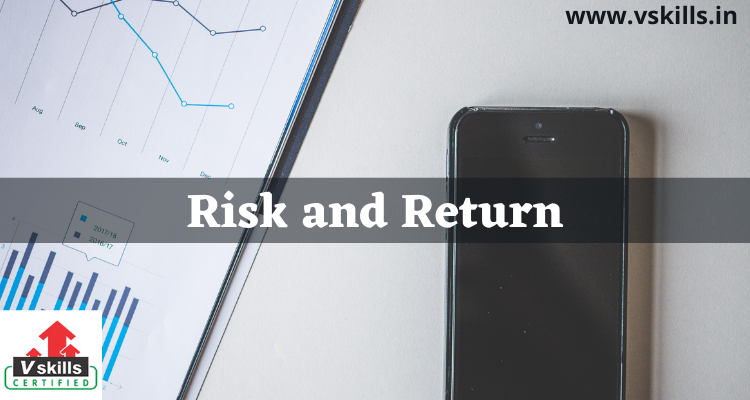Risk and Return
Let’s learn about risk and return.
What is Risk?
With respect to investments, risk is simply the chance that your original investment will not grow as expected, or will even decline in value. All investments involve some level of risk. When deciding how to invest your savings, it is important to understand the risks associated with any potential investment to decide if it suits your overall goals and circumstances.
What Is Return?
Return is the amount you earn on your original investment. Return can take many forms, including interest, dividends, and capital appreciation (increase in value). Return is usually expressed as a percentage — typically a rate of interest or a percentage increase in value.
Two factors can significantly affect your return. One is income tax, which reduces the amount of your return. For a taxpayer in the 25% tax bracket*, an investment return of 8% is only 6% after taxes. This is why deferring taxation until retirement (when you may have less income and be in a lower tax bracket) is such an important advantage of the Northrop Grumman Savings Plan.
The other factor is inflation, which reduces the value of your return. When inflation is 3% annually, an investment return of 8% has a purchasing value of 5%.
When you factor in both income taxes and inflation (using the figures in the examples above), an investment return of 8% yields a real after-tax return of 3% (8% return on investment – 2% for income taxes – 3% inflation rate).
What Is The Relationship Between Risk And Return?
Risk and return are directly related. The greater the risk of the investment, the greater the potential return from that investment. Conversely, with very safe, low-risk investments, the return will likely be low.
Evaluating real rate of return
(1+i) / (1+e) = (1+i’)
Where,
i: It denotes the effective or real rate of return
i’: It denotes the real rate of return
e: It denotes the rate of inflation



